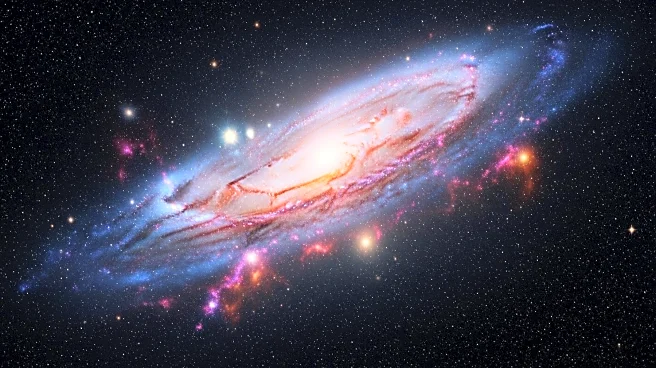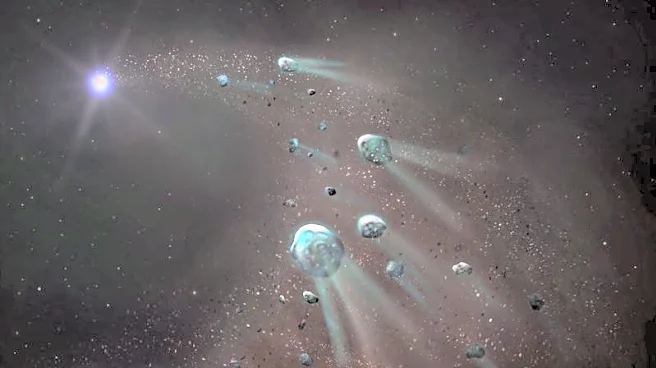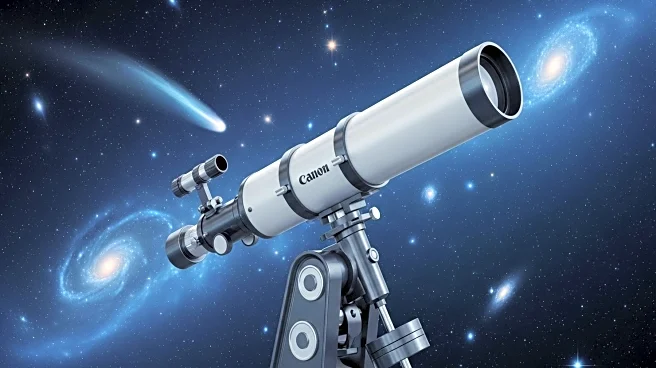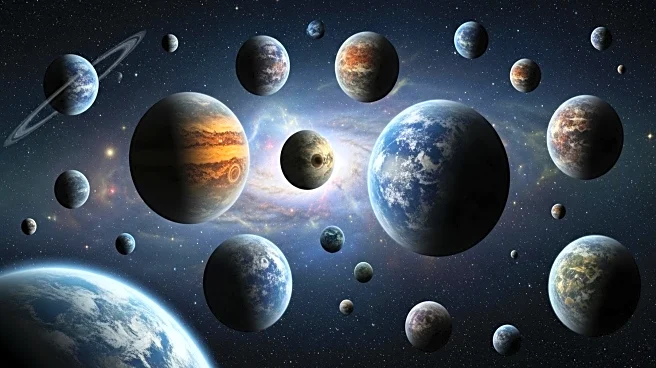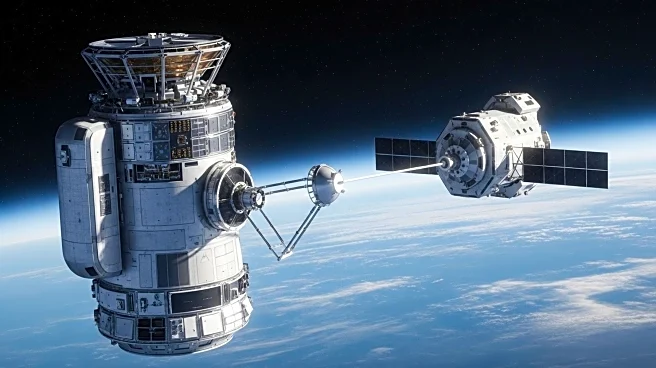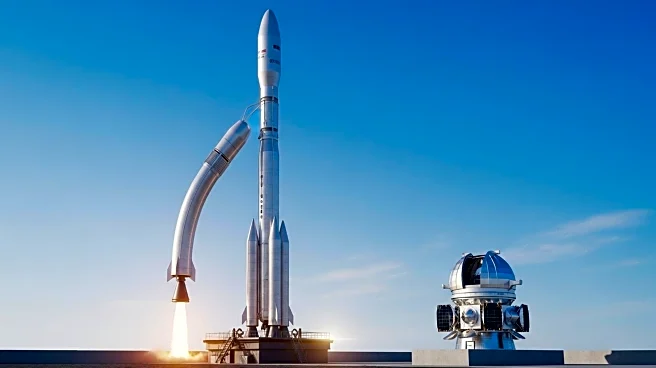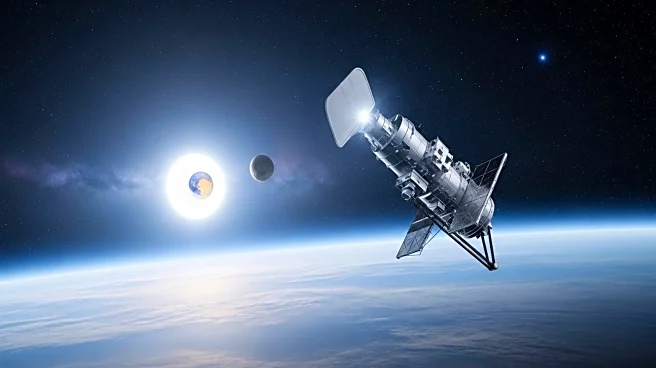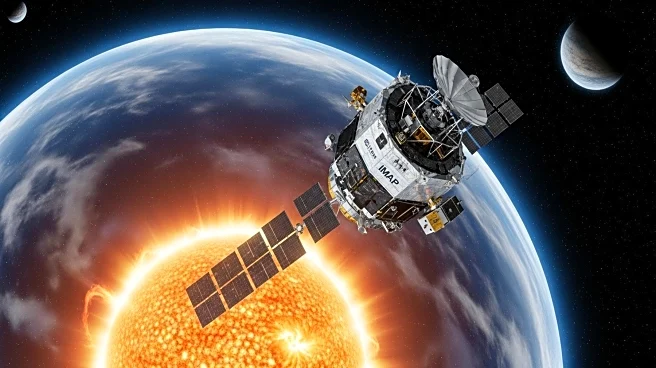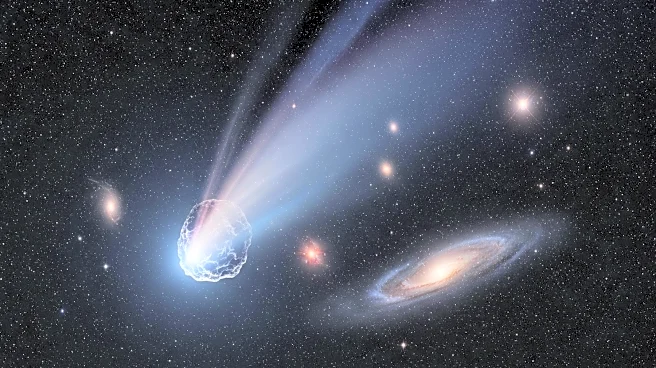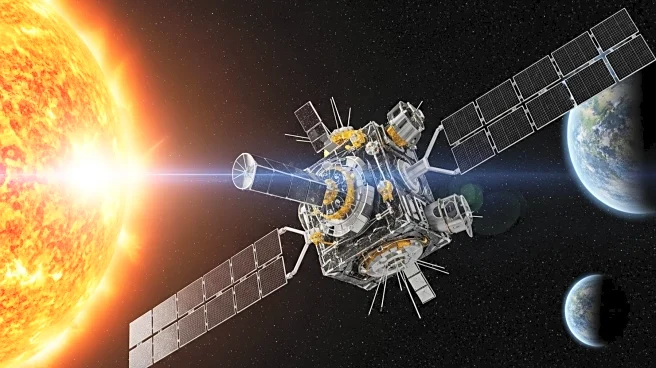What's Happening?
Researchers have found evidence suggesting that a supernova may have sent cosmic rays towards Earth 10 million years ago. A spike of radioactive beryllium, discovered in metallic rocks beneath the Pacific Ocean, indicates that cosmic rays from an exploding star could have impacted Earth. The study, led by Dominik Koll, explores the possibility of a supernova being responsible for this cosmic event, with data from the Gaia space telescope helping to identify potential sources.
Why It's Important?
The discovery provides insights into the history of cosmic events that have impacted Earth, offering a glimpse into the dynamics of our solar system's past. Understanding the effects of supernovae on Earth can inform studies on cosmic ray interactions and their influence on the planet's geological and atmospheric conditions. This research also contributes to the broader understanding of stellar evolution and the role of supernovae in shaping the universe.
What's Next?
Further modeling of star movements is needed to confirm the supernova hypothesis. Researchers will continue to analyze data from the Gaia space telescope and other sources to refine their understanding of the event. This ongoing research could lead to new insights into the history of cosmic interactions with Earth and enhance our knowledge of the universe's evolution.

